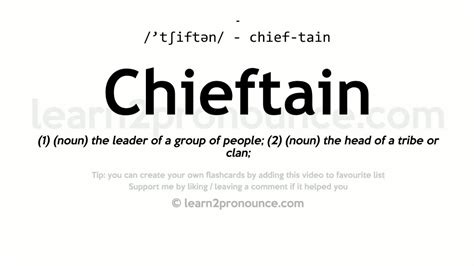Introduction

The concept of chieftainship holds immense significance in understanding the socio-political dynamics of Native American societies before European contact. Chieftains acted as influential leaders, wielding authority and playing multifaceted roles within their respective communities.
Definition of Chieftains
Chieftains were individuals who possessed a recognized position of authority within Native American tribes. They were not necessarily hereditary leaders, but their authority often derived from a combination of personal qualities, military prowess, and community support.
Roles and Responsibilities
The responsibilities of chieftains varied depending on the tribe, but generally included:
- Warfare: Leading and organizing military campaigns to protect the tribe
- Diplomacy: Negotiating with other tribes and maintaining peaceful relations
- Governance: Enforcing tribal laws, resolving disputes, and allocating resources
- Rituals: Leading religious ceremonies and cultural practices
Types of Chieftainship
There were two primary types of chieftainships:
- Hereditary Chieftainship: The position of chieftain was passed down through specific lineages or families.
- Elected Chieftainship: Chieftains were chosen by popular vote or through a consensus-based selection process.
Emergence of Chieftainship
The emergence of chieftainship within Native American societies occurred over centuries as tribes became more complex and organized. Factors contributing to its development include:
- Sedentism: The transition from nomadic lifestyles to settled communities created the need for stronger leadership and governance.
- Warfare: The increasing frequency of intertribal conflicts called for skilled military leaders to protect the tribe.
- Trade and Exchange: The growth of long-distance trade networks necessitated the coordination of activities and the establishment of alliances.
Examples of Chieftains
- Powhatan (Powhatan Confederacy): A hereditary chieftain who united several Algonquian tribes in eastern Virginia.
- Sitting Bull (Sioux): A Lakota Sioux war chief who played a prominent role in the Great Sioux War.
- Joseph (Nez Perce): A hereditary chieftain who led his people on a courageous retreat from the US Army in 1877.
Historical Significance
Chieftainship played a crucial role in shaping the history of Native American societies before European contact. It provided a framework for governance, facilitated intertribal cooperation, and ensured cultural preservation.
Tips for Understanding Chieftainship
- Consider the specific tribe and its cultural context.
- Analyze the roles and responsibilities of the chieftain within that society.
- Examine the factors that contribute to the emergence and evolution of chieftainship.
- Compare different types of chieftaincies and their impact on governance.
- Use primary and secondary sources to gain a comprehensive understanding of the topic.
Conclusion
Chieftains were influential leaders who held a recognized position of authority within Native American tribes. They played vital roles in warfare, diplomacy, governance, and religious practices. Understanding chieftainship provides valuable insights into the socio-political dynamics of Native American societies before European contact.
